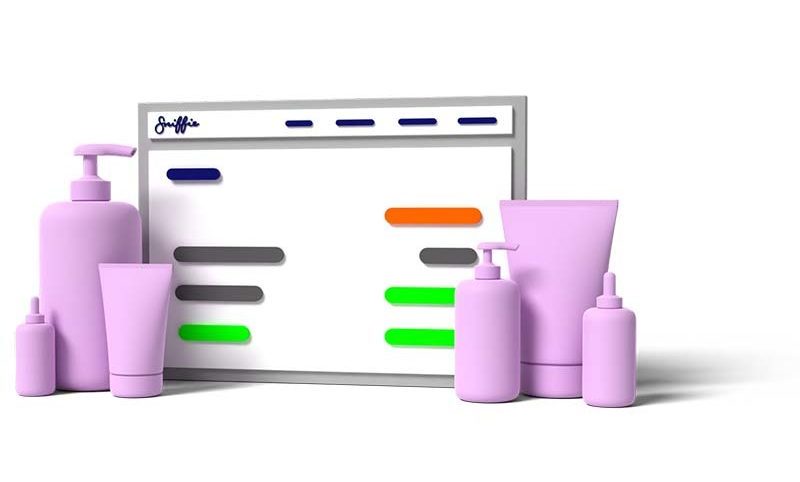Pricing strategies are one of the most important decisions businesses make. Price too high, and customers won’t buy. Price too low, and the business won’t make a profit. But one of the biggest challenges businesses face when it comes to pricing is avoiding cannibalization. And product groups solve this issue for the most part.
What is cannibalization? It is when different products within a company’s product line compete with each other, leading to a decrease in sales and revenue. For example, if a business sells three different types of coffee makers: a basic model, a mid-range model, and a high-end model, customers might choose the mid-range model because it has more features than the basic model, but is still less expensive than the high-end model. This could lead to the basic model not selling well, resulting in lost revenue.
To avoid this issue, businesses can take advantage of product grouping. By grouping similar products together, businesses can adjust the pricing of all the products within a group at once. This allows for greater control over pricing decisions and helps to prevent price cannibalization.
When creating your master data, ensure you've created product groups

4 steps for creating effective product groups:
1. Identify Similar Products: The first step in creating effective product groups is to identify similar products within your product line. These products should share similar features, functions, and customer segments. This will make it easier to create groups that are relevant to your customers and your business goals.
2. Analyze Performance: Once you’ve identified your product groups, it’s important to analyze the performance of each group. This will help you understand which products are selling well and which are underperforming. By identifying underperforming products, you can create targeted pricing and marketing strategies to improve sales.
3. Consider Customer Segments: When creating product groups, it’s important to consider your customer segments. Different customer segments have different needs and preferences. By creating product groups that cater to these different segments, you can improve customer satisfaction and drive sales. Always make sure you’ve understood the segments before finalising your product groups.
4. Adjust Prices Carefully: When adjusting prices within a product group, it’s important to be careful. You want to avoid price cannibalization, but you also want to ensure that you’re making a profit. Start by analyzing your costs and profit margins. Then, consider the competitive landscape and your target customer segments. Finally, test different pricing strategies to find the sweet spot.
Benefits of product groups
By taking these steps, businesses can create effective product groups that help to prevent price cannibalization. Here are a few other benefits of using product grouping:
- Maximize Revenue: Product grouping can help businesses maximize their revenue. By grouping similar products together, businesses can make pricing decisions that benefit the entire group. For example, if a particular group of products is selling well, businesses can adjust the prices of all the products within that group to increase their revenue.
- Identify Underperforming Products: By analyzing the performance of different products within a group, businesses can identify which products are underperforming. This information can be used to create targeted pricing and marketing strategies to improve sales.
- Improve Customer Satisfaction: By creating product groups that cater to different customer segments, businesses can improve customer satisfaction. This can lead to increased sales and revenue over time.
Conclusion
In conclusion, product grouping is an effective strategy for avoiding price cannibalization and maximizing revenue. By grouping similar products together, businesses can make pricing decisions that benefit the entire group, identify underperforming products, and improve customer satisfaction. It’s important to regularly analyze the performance of different product groups and make adjustments as necessary to ensure that pricing decisions are aligned with business goals. By taking a strategic approach to pricing, businesses can maintain a competitive edge, increase sales, and improve their overall profitability.


